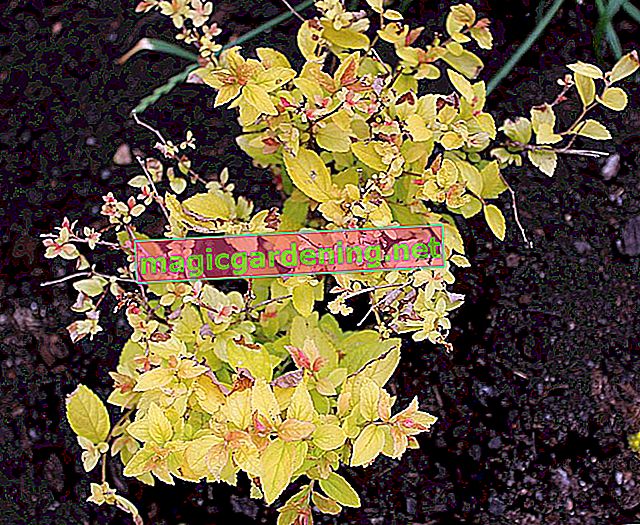
A lack of light, like incorrect watering, is a reason for unwillingness to flower. Although the Dipladenia does not need a lot of water, it likes to get it regularly. You should also fertilize the Mandevilla at regular intervals about every two weeks. You can use organic fertilizers for this, such as matured compost or horn shavings (€ 6.39 at Amazon *) but also commercially available flower or liquid fertilizers.
also read
- Why is my Dipladenia getting brown leaves?
- When does the Dipladenia bloom?
- Can I overwinter my Dipladenia outside?
The wrong winter quarters can also prevent the perennial Dipladenia from blooming. It should not be too dark, for example in a dark basement, or too warm. The living room is therefore rarely suitable for wintering, because the ideal temperatures are between 8 ° C and 15 ° C.
How can I help my Dipladenia bloom?
First of all, check the location of your Dipladenia. Is there enough light there? If this is not the case, move the plant to a lighter spot. If you have not fertilized your Dipladenia for more than 14 days, then make up for it immediately.
Perhaps you were also a little frugal with water or fertilizer. Then they will be a little more generous in the future. But avoid waterlogging at all costs, as your Mandevilla cannot tolerate it at all. If the winter quarters were not ideal, then you probably cannot save this season. For your non-winter-hardy Dipladenia next autumn, choose the winter quarters more carefully.
The essentials in brief:
- overwintered too warm or too dark - leads to unwillingness to bloom in the following season
- too little fertilized
- too little light
- not poured sufficiently
Tips
As a first aid, put your flowering Dipladenia in a bright place and give it some commercially available flower fertilizer (€ 13.27 at Amazon *) and sufficient water.








